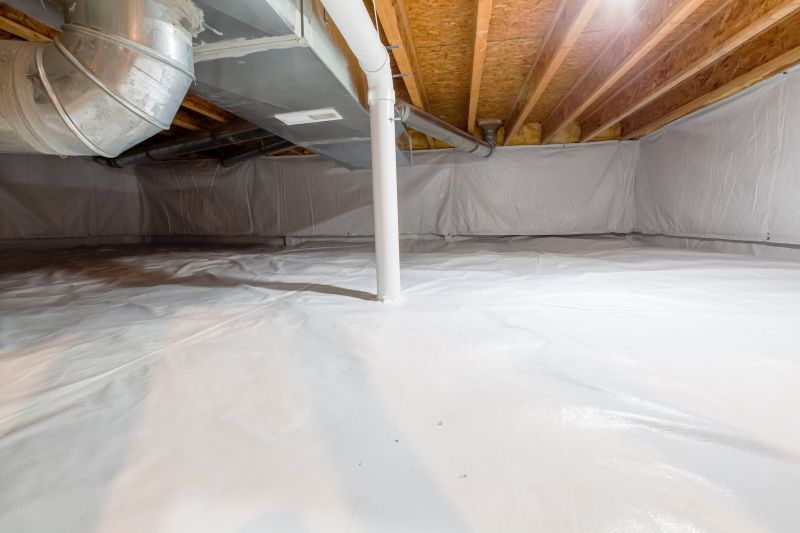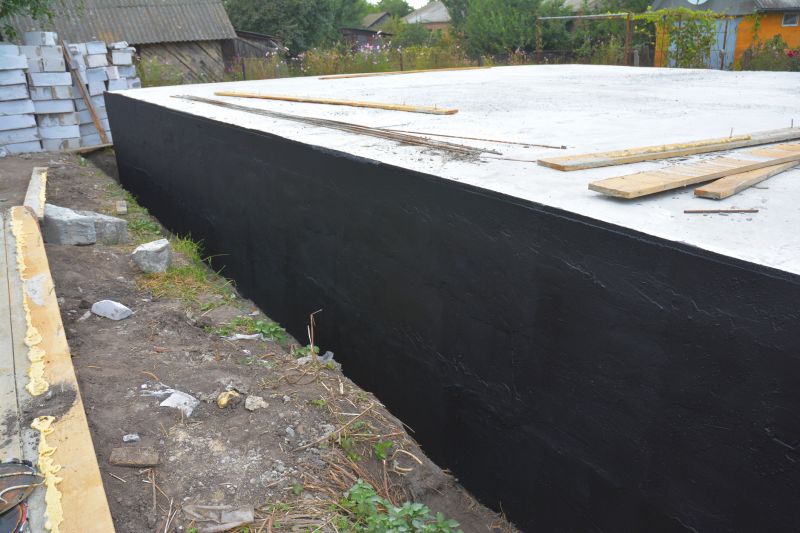Comprehensive Crawlspace Encapsulation for Healthier Living Space
Crawlspace encapsulation is a vital process that involves sealing and insulating the crawlspace to prevent moisture intrusion, improve air quality, and enhance home energy efficiency. Proper encapsulation can significantly reduce the risk of mold growth, wood rot, and pest infestations, contributing to a healthier living environment.
Encapsulation prevents excess moisture from entering the crawlspace, reducing mold growth and structural damage caused by damp conditions.
Sealing the crawlspace minimizes heat loss, leading to lower energy bills and improved home comfort.
Reducing mold spores and allergens in the crawlspace improves indoor air quality and supports respiratory health.
A sealed crawlspace deters pests such as rodents and insects from nesting and causing damage.

A fully sealed and insulated crawlspace providing protection against moisture and pests.

Interior view showing vapor barrier and insulation installed for optimal protection.

Vents sealed and covered to prevent air and moisture infiltration.

Close-up of vapor barrier and insulation materials used in encapsulation.
Failing to encapsulate a crawlspace can lead to numerous issues, including increased energy costs, mold proliferation, wood rot, and pest infestations. Studies show that unsealed crawlspaces can contribute to up to 15% higher heating and cooling bills due to air leaks. Additionally, moisture-related problems can cause structural damage that may require costly repairs over time.
| Benefits of Crawlspace Encapsulation | Risks of Not Encapsulating |
|---|---|
| Reduces moisture and mold growth | Increases risk of mold and mildew |
| Improves indoor air quality | Promotes pest infestations |
| Enhances home energy efficiency | Leads to higher energy bills |
| Protects structural components | Causes wood rot and decay |
| Prevents pest entry | Allows pests to nest and cause damage |
| Maintains consistent indoor temperatures | Results in drafts and temperature fluctuations |
| Supports healthier living environment | Contributes to respiratory issues |
| Increases property value | Decreases home value due to damage |




